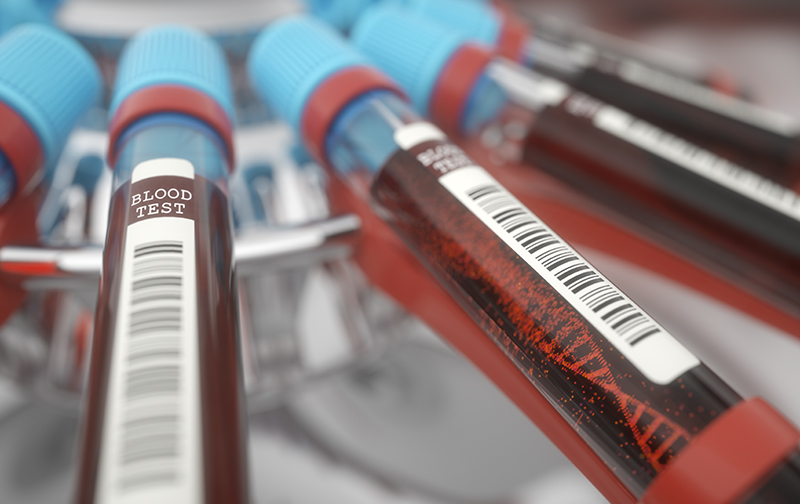A liquid biopsy is a test that is performed on a sample of blood taken from a patient.
The test analyzes the blood sample and looks for traces of cancer DNA from tumor cells that are often present in the blood. Multiple blood samples over a period of time allow physicians and doctors to examine and understand the molecular changes that may be taking place within a tumor.
Why Is Liquid Biopsy Important?
The innovative and novel Liquid Biopsy technologies are used to detect cancer at an early stage – before a patient begins to suffer or is otherwise impacted and affected by cancer.
Early stage detection is used to help develop and plan treatments that meet the needs and unique circumstances of individual patients.
The importance and value of a Liquid Biopsy is furthered by analyzing the effectiveness of cancer treatments, or being able to detect recurrences of cancer after it has been treated.
The Future of Liquid Biopsy
From Nature Magazine:
https://www.nature.com/articles/d41586-020-00844-5
During the past decade, liquid biopsy — the analysis of tumours using biomarkers circulating in fluids such as the blood — has received tremendous attention. The ability to detect and characterize tumours in such a minimally invasive and repeatable way could have considerable clinical implications, and huge progress has been made in the development of devices that can do just that. But the technique is not yet a standard tool in the clinical oncologist’s arsenal.
The abundance of work, involving a wide variety of assays based on different principles, has confused the cancer-research community. In addition, the two most well-developed biomarkers detected by liquid biopsy — circulating tumour cells (CTCs) and circulating cell-free tumour DNA (ctDNA) — are subject to technical variability in the pre-analytical and analytical steps. To address these issues and put liquid biopsy in the hands of more clinicians, the research community must now focus on proving the utility of these biomarkers. Efforts are under way, including the European Liquid Biopsy Society and the US-based BloodPAC project. These consortia, which combine academic and industry expertise, offer hope for the development of robust and reproducible liquid-biopsy assays.
The intention is not to select and refine a single approach to liquid biopsy. In fact, the synergy of multiple circulating biomarkers can reveal the specifics of a cancer. What is important is to identify the specific combinations of markers that signal a cancer’s status, origin and progression, and to make that information available to clinicians. Moreover, it is not only circulating tumour biomarkers that must be considered: as immunotherapy grows in importance as a treatment option, so too does the need to monitor the immune cells of the circulating microenvironment.



